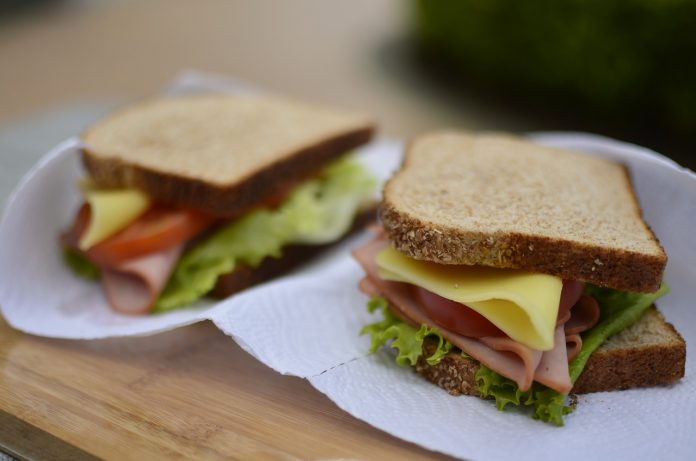By Tracy Turner | Ohio State Chow Line
“My kids are starting back to school next week, and this year they are packing their lunch for the first time. Any tips on what I need to do to make sure their packed lunch is safe and healthy?”
Wow — is it that time of year already?
If your child wants to bring a packed lunch to school, there are several ways to make sure their lunch is both healthy and safe from pathogens that could cause a foodborne illness.
This is an important distinction to make, as children are among the most vulnerable to food poisoning. That’s partly due to the fact that their immune systems are not as effective at fighting off bacteria and viruses compared to those of adults, according to the U.S. Food and Drug Administration.
Food safety for packed lunches
When packing a lunch for your child to take to school, it’s important to remember that cold foods need to stay cold and hot foods need to stay hot, to avoid the development of harmful bacteria that could cause a foodborne illness.
In order to make sure your child’s perishable foods stay cold until lunchtime, the U.S. Department of Agriculture advises that you pack two cold sources that will keep the contents out of the Danger Zone, which is when a food’s temperature reaches between 40 to 140 degrees Fahrenheit, at which bacteria grows most rapidly.
Frozen water bottles or frozen juice boxes can count as a cold source, as well as a freezer pack that you stick in their lunch box. Lunches that contain perishable food items like lunch meats, eggs, cheese or yogurt should be kept cold in this manner.
If you plan to send soup, stew or chili for your child’s lunch, you will need to use an insulated container. Before adding in the hot item, you can fill the container with boiling water, let it stand for a few minutes, empty it and then add the hot food, advises the USDA. Also, tell your child to keep the lid on the container closed until lunchtime to help prevent bacterial contamination and growth.
Other safe lunch-packing tips from USDA and FDA include:
- If you pack your child’s lunch the night before, leave it in the refrigerator overnight. The meal will stay cold longer because everything will be refrigerator temperature when it is placed in the lunchbox.
- Clean the insulated box or bag with hot soapy water after each use, and don’t re-use paper bags.
- If possible, your child’s lunch should be stored in a refrigerator or cooler with ice upon arrival at school. Leave the lid of the lunchbox or bag open in the fridge so that cold air can better circulate and keep the food cold.
- While it’s best if your children wash their hands before eating lunch, that doesn’t always happen at school right before lunchtime. So make sure you pack disposable wipes for your children to wipe their hands before and after eating lunch.
- After lunch, make sure your children discard any leftover food, used food packaging, and paper bags. Don’t reuse the packaging because it could contaminate other food and cause foodborne illness.
Healthy lunches
Remember, healthy lunches include whole grains, fruits, vegetables, lean proteins and low-fat dairy products. If preparing sandwiches, opt for whole grain bread and add veggies for toppings. Additionally, you can make sandwiches fun for your children by cutting them into shapes using a cookie cutter.
As far as sides are concerned, prepare snack-sized bags of fruits and veggies in advance and let your children choose which ones they want in their lunch that day. Whole fruit such as apples, peaches, pears, bananas and tangerines are also good choices.
Chow Line is a service of the College of Food, Agricultural, and Environmental Sciences (CFAES) and its outreach and research arms, OSU Extension and the Ohio Agricultural Research and Development Center. Send questions to Chow Line, c/o Tracy Turner, 364 W. Lane Ave., Suite B120, Columbus, OH 43201, or turner.490@osu.edu.
















